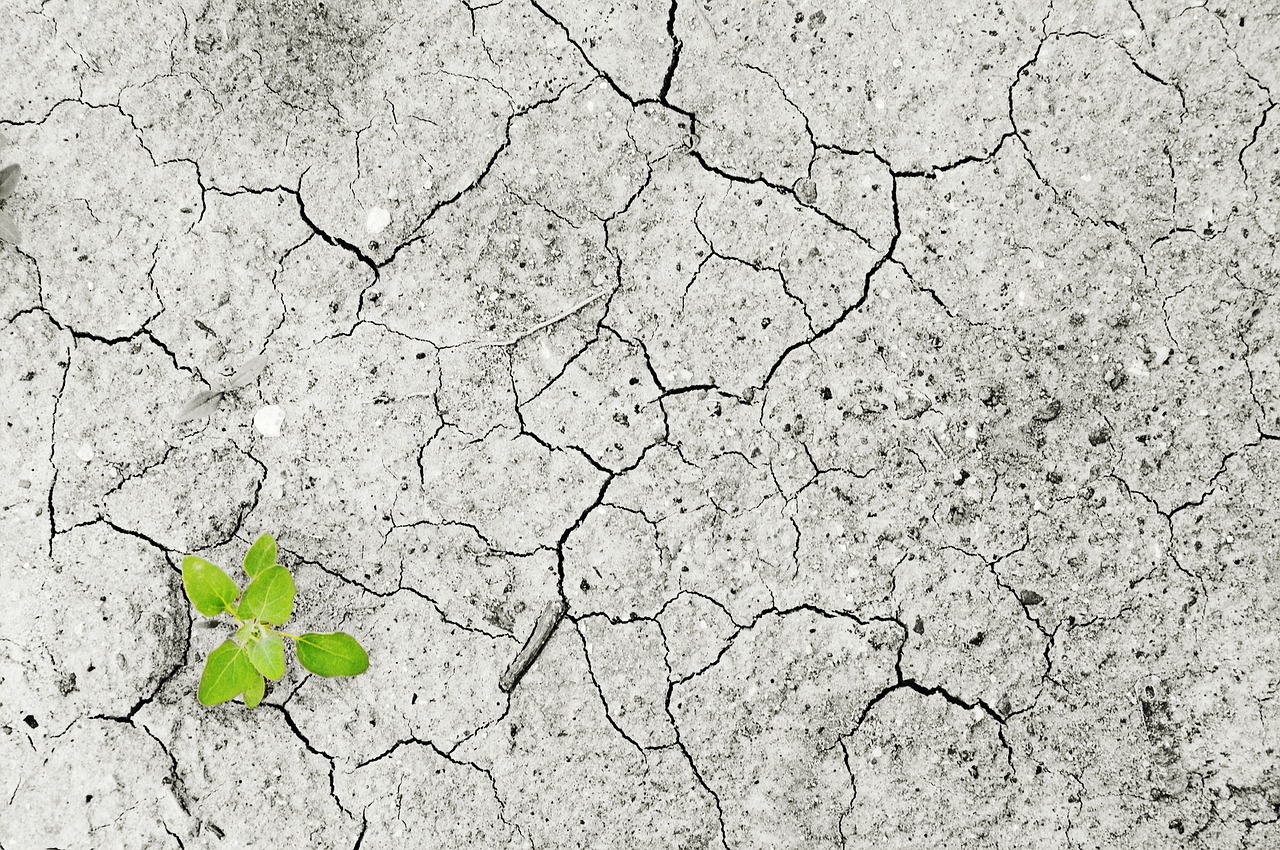Major Earth systems are suffering from “serious diseases,” so to speak, researchers warn in a study published in the journal Nature. But there are ways to restore ecosystems.
In a new study published in the journal Nature, a team of more than 40 researchers worldwide has calculated the limits the world would have to remain for a “cure” of ecosystems to succeed.
Dangerous tipping points for the environment and climate could be reached
Humanity is currently taking a very high risk of overusing the capacities of our home planet to such an extent that dangerous tipping points are reached that amplify adverse effects and make them more or less unstoppable. Such points would be, for example, a strong thawing of permafrost soils, which would then release a great deal of additional greenhouse gas or the melting of large ice masses in High Asia, Greenland or Antarctica.
Researchers calculated stress limits for climate and environment.
In the new paper, the research team led by the director of the Potsdam Institute for Climate Impact Research (PIK) and co-chair of the “Earth Commission” – a scientific association whose members include Caroline Zimm and Nebojsa Nakicenovic of the International Institute for Applied Systems Analysis (IIASA) in Laxenburg near Vienna – defined limits for eight Earth systems. Within these limits, the preservation of livelihoods and the stability of our planet, as well as security and justice for humanity, could remain reasonably assured. These relate to climate, the extent of areas with largely intact natural ecosystems, the proportion of whole ecosystems still functioning according to biological processes, surface water and groundwater systems, the nitrogen and phosphorus cycles, and artificially suspended solids (aerosols) in the atmosphere.
According to the new analysis, only the amount of the latter is still within the “safe and fair limits” identified by scientists. However, limits are already being significantly exceeded in many world regions – with corresponding adverse health effects. Zimm and Nakicenovic collaborated on the respective definitions and indicators for the earth and socioeconomic systems.
Excessive fertilization in agriculture endangers water systems.
The researchers see the nitrogen and phosphorus cycles in particular as already far outside the planet’s comfort zone as a result of human activities – above all, excessive fertilization in agriculture. Likewise, they say, many surface and groundwater systems have already been altered, for example, by water control measures. For instance, experts believe that the water level of surface waters should only fluctuate by about 20 percent. However, this is no longer true on about one-third of the land area. In addition, more groundwater is already being extracted from almost half of the earth’s surface than can be replenished.
In land use, limits have also been exceeded: between 50 and 60 percent of the land area should remain relatively natural. In the meantime, however, this only applies to 45 to 50 percent, explained ecologist David Obura of the “CORDIO-East Africa” research institute. Areas used by humans should also contain 20 to 25 percent of natural ecosystems per square kilometre. However, this is only met on one-third of the land area influenced by humans: “We are below the defined threshold,” Obura said.
Global warming rises sharply without CO2 reduction.
In terms of climate, he said, global warming of 1.5 degrees above pre-industrial levels can still be considered reasonably “safe.” However, scientists believe a maximum of one degree of warming is still “fair.” With the global average increase of 1.2 degrees Celsius, this limit has already been exceeded. For Rockström, the world is at a “dangerous point” here. The work also aims to show “that even one degree more already brings great damage,” said Joyeeta Gupta of the University of Amsterdam: “It gets worse at 1.5 or two degrees.” Accordingly, CO2 emissions “have to be reduced really fast,” the PIK chief said.
Burden limits calculated for equitable development
Overall, the study underscores that a just world is humanity’s best chance for a secure future, Zimm told APA. The goal, he said, must be to ensure access to critical resources in an equitable manner worldwide while reducing environmental toxins or effectively protecting the climate. He said that Nature is robust, and renaturation measures could bear fruit in many places. According to Obura, the political framework is also often in place, but implementation is a significant challenge. What is clear, he says, is that lifestyle changes are needed and not just references to technical solutions.
He said that the window “is still open” to return to the now-redefined safe areas, Rockström said. Far from just CO2 reduction, he said, this will require maintaining large-scale natural environments that serve as “buffers” when dealing with crises. “We can still end up on the right side. But it will take swift, collective action.” Rockström said the analysis shows scientifically based stress limits “that can enable equitable development toward greater prosperity on a stable planet. “These new findings can serve as a basis for developing scientifically based goals.”
Boku Vienna researcher: further inequities need to be considered
For Helmut Haberl of the Institute of Social Ecology at the University of Natural Resources and Life Sciences (Boku) Vienna, who was not involved in the work, “highlighting global ecological limits” is essential. But the approach also has weaknesses; he pointed out to the German Science Media Center (SMC). For example, the equity criteria “are essentially based on how strongly different social groups are affected by environmental changes. This is undoubtedly a very important question, but it does little to help find solutions to the problems raised.” In any case, these would have to “resolve or at least reduce the crying injustices in access to food, housing, mobility, clean water and sanitation, health care or education in a way that does not break the boundaries of the Earth system,” Haberl said.
- source: APA/Red/picture: Bild von andreas160578 auf Pixabay
This post has already been read 2240 times!



